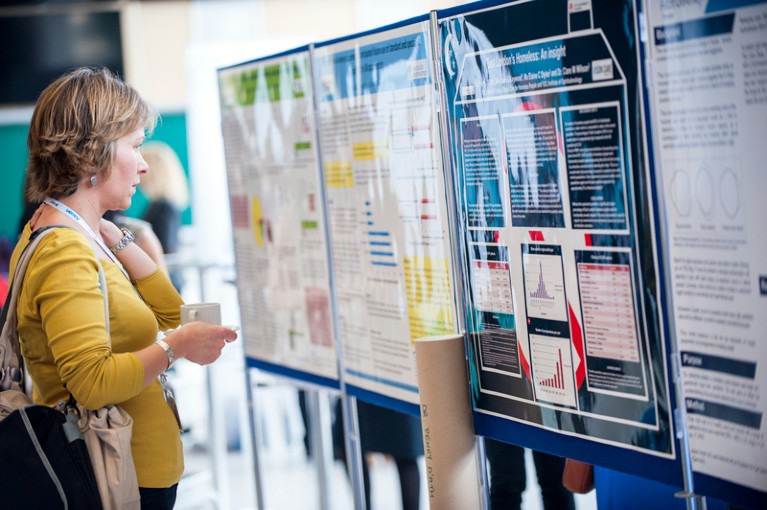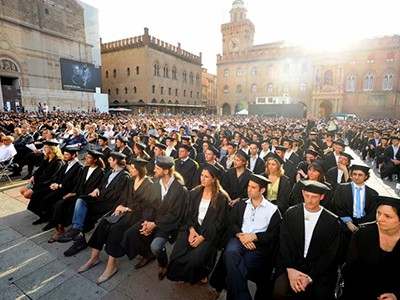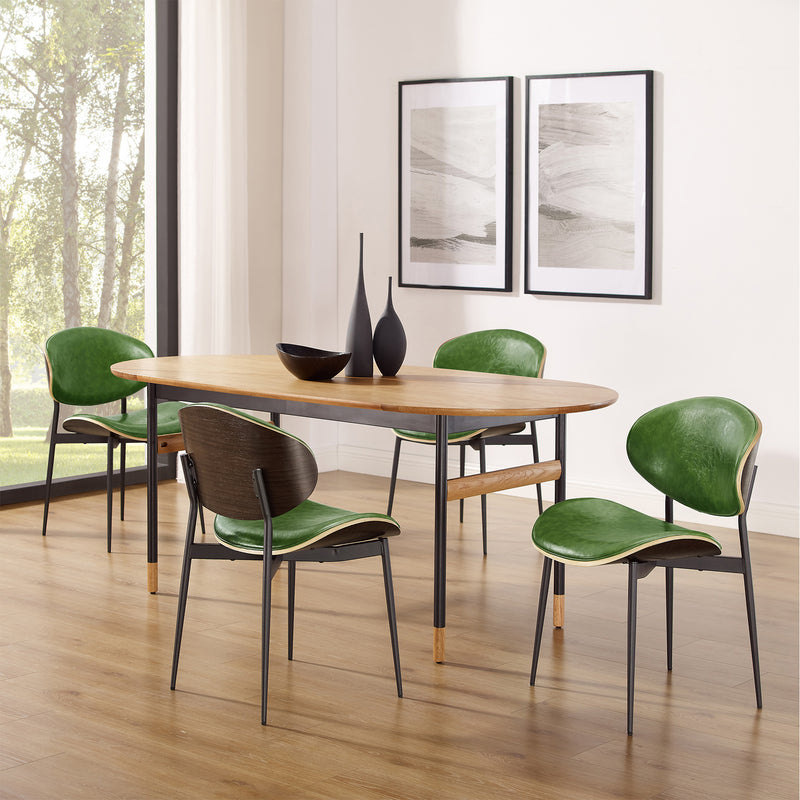Introduction to Mid Century Design
Imagine stepping into a room with sleek lines, warm woods, and a fusion of both organic and geometric forms. Feels nostalgic, right? This imagery is at the heart of mid-century design.
The allure of mid-century furniture
Why do we find ourselves drawn to mid-century furniture, especially the dining chairs? It’s simple. These pieces embody both style and function. Their clean, uncluttered look paired with a touch of vintage flair makes them timeless beauties that still capture hearts today.
Why mid-century designs are still relevant today
Mid-century designs have an uncanny ability to remain fresh and contemporary, even decades after their inception. How? Their focus on functionality, combined with an unpretentious and stylish aesthetic, makes them seamlessly fit into modern interiors.
Features of Mid Century Dining Chairs
Ever sat on a chair that’s just as comfortable as it’s visually pleasing? That’s the magic of mid-century dining chairs.
Characteristics of design
Mid century dining chairs typically feature streamlined shapes, tapered legs, and an emphasis on horizontal and vertical lines. There’s an air of simplicity, but don’t be fooled; every curve and angle is meticulously thought out.
Popular materials used
Teak, walnut, oak, and rosewood are often the woods of choice. But it’s not all about wood. You might find chairs upholstered with vibrant fabrics or those that incorporate metals or plastics, showcasing the period’s innovative spirit.
Unique functionality
Apart from their look, what makes them a favorite? Their ergonomic designs! Mid century dining chairs were made for comfort, ensuring that long dinners or extended chats over coffee felt cozy.
Incorporating Mid Century Dining Chairs in Modern Homes
Blending with contemporary décor
Think mid-century chairs only fit in vintage settings? Think again! Their neutral palettes and adaptable designs make them ideal for contemporary homes. Whether it’s a minimalist apartment or a boho-chic loft, these chairs add a touch of classic elegance.
Tips for selecting the perfect chair
Look for pieces that resonate with your style.
Ensure the chair complements your dining table.
Consider the chair’s size and scale in relation to your space.
Love luxury bar stools? Click here to see more.
Taking Care of Your Mid Century Dining Chair
Invested in a stunning mid-century dining chair? Here’s how to ensure it stays pristine.
Cleaning and maintenance tips
Regular dusting and occasional polishing with a soft cloth can work wonders. If upholstered, vacuuming and spot cleaning are the way to go.
Protecting their value and longevity
Avoid placing them in direct sunlight to preserve their vibrant colors. Also, it’s wise to use felt pads beneath their legs to protect flooring and the chair’s finish.
Where to Buy Authentic Mid Century Dining Chairs
Trusted retailers and markets
Local antique stores, specialized furniture shops, or even online marketplaces like eBay can be goldmines. Just ensure authenticity before purchasing.
What to look for in a genuine piece
Seek out distinct markings, labels, or stamps that indicate its origin. Also, researching the period’s popular designers can give you a keen eye for spotting genuine pieces.
Conclusion: Bringing Timeless Elegance to Your Dining Space
Incorporating a mid-century dining chair into your space isn’t just about aesthetics. It’s about celebrating an era that championed simplicity, functionality, and timeless beauty. Why not invite a piece of history into your home today?
FAQs
What is the mid-century design period?
Typically, it refers to the design movement from the mid-1930s to mid-1960s.
Why are mid-century designs expensive?
Authentic pieces are often made of high-quality materials, and their timeless appeal increases demand.
Can I reupholster my mid-century dining chair?
Absolutely! Just ensure the new fabric aligns with its aesthetic.
How do I verify the authenticity of a mid-century chair?
Look for markings or consult with experts in vintage furniture.
Are reproductions a good alternative?
They can be if you’re looking for the look without the vintage price tag. Just ensure quality construction.







